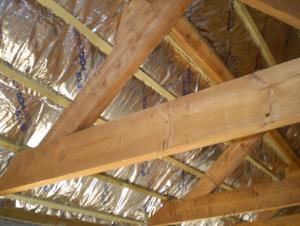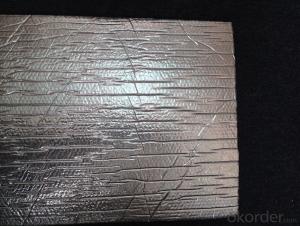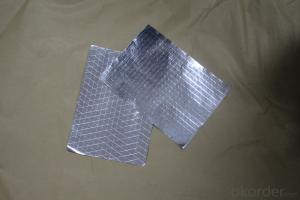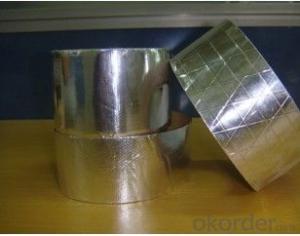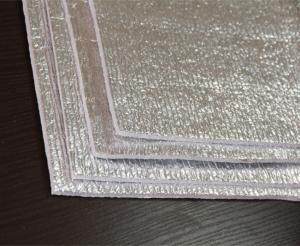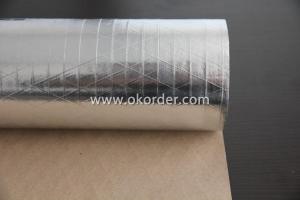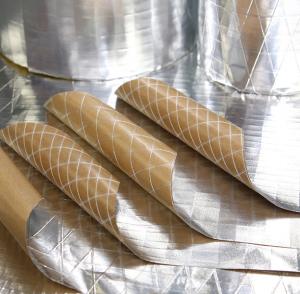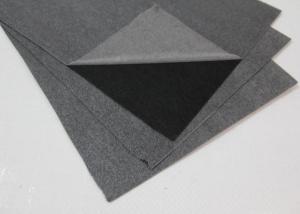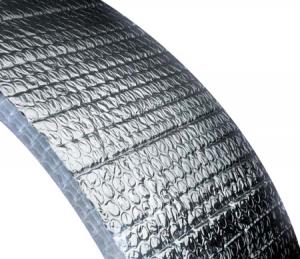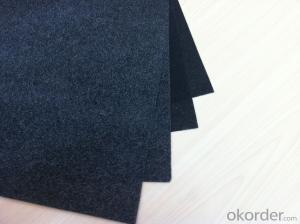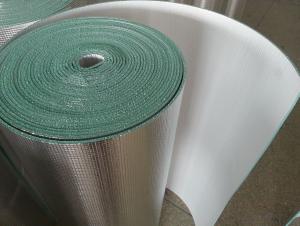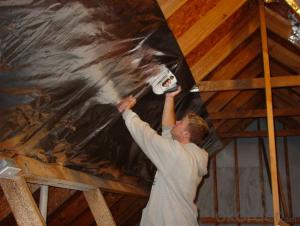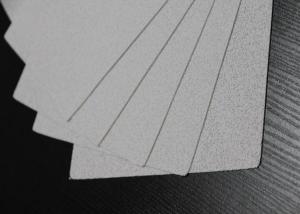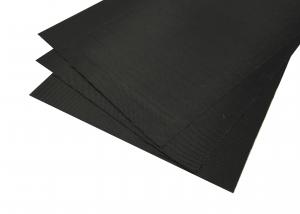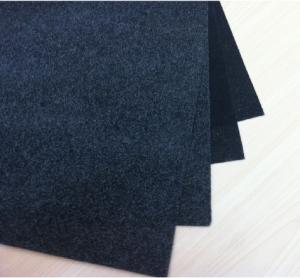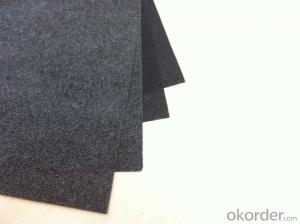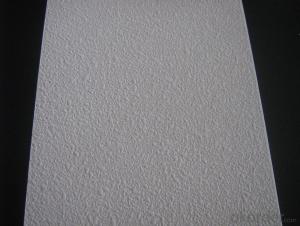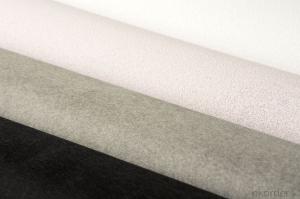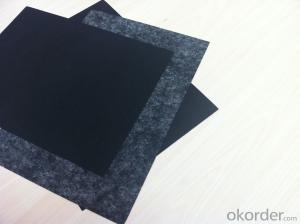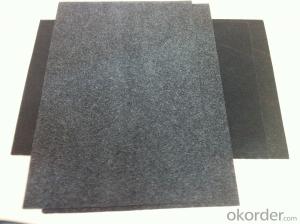flexible ducts bubble glasswool green energy
- Loading Port:
- China Main Port
- Payment Terms:
- TT OR LC
- Min Order Qty:
- -
- Supply Capability:
- -
OKorder Service Pledge
OKorder Financial Service
You Might Also Like
Application:
1,Building Thermal Insulation Material
(1),Roof,Underlay,Under Concrete & floor Insulation;
(2),Attic,Crawl Space,Stud Wall ,Metal Frame Building Insulation.
2,Wrapping
(1),Protective coatings of ventilating pipe,HVAC Duct & Pipe;
(2),Shells of air conditioner and water heater.
Feature:
1), Waterproof, heavy duty, clean, light, flexible, non-absorbent surface
2), Fire resistant & antiglare
3), Recyclable, environmentally friendly
4), Effective in extreme temperatures both hot and cold
5), Easily install, cut, stapled, nailed or glued into place
6), Safe to handle with no special clothing or breathing Equipment
Feature:
1), Waterproof, heavy duty, clean, light, flexible, non-absorbent surface
2), Fire resistant & antiglare
3), Recyclable, environmentally friendly
4), Effective in extreme temperatures both hot and cold
5), Easily install, cut, stapled, nailed or glued into place
6), Safe to handle with no special clothing or breathing Equipment

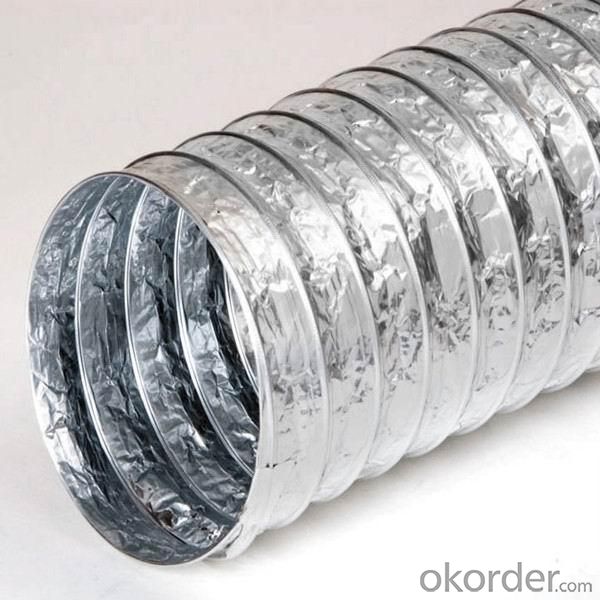


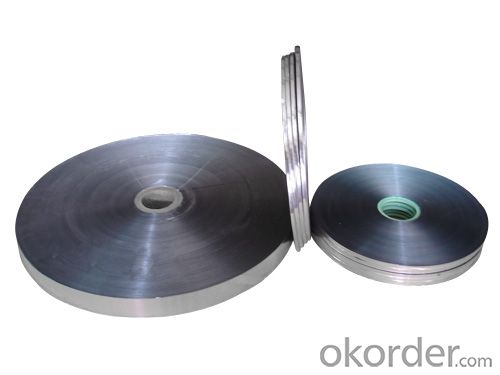


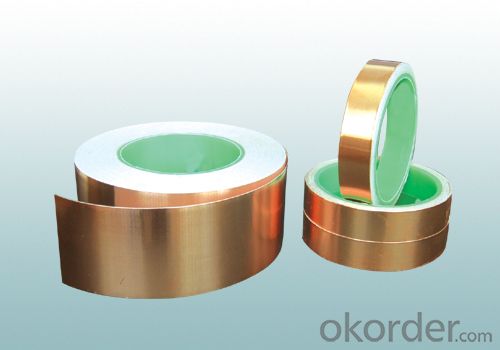
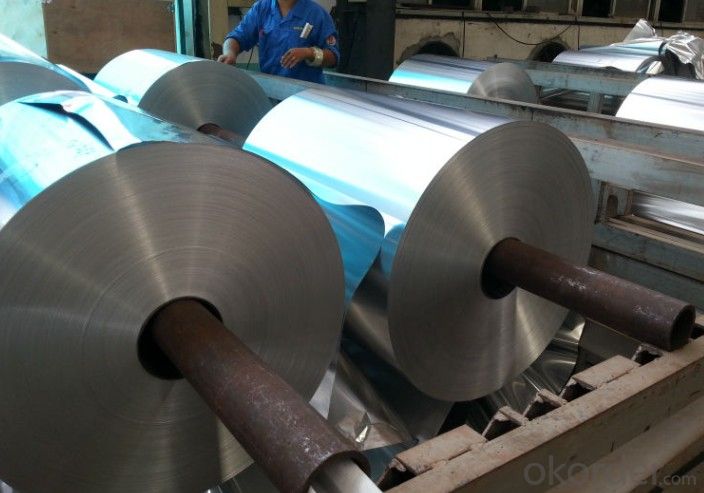

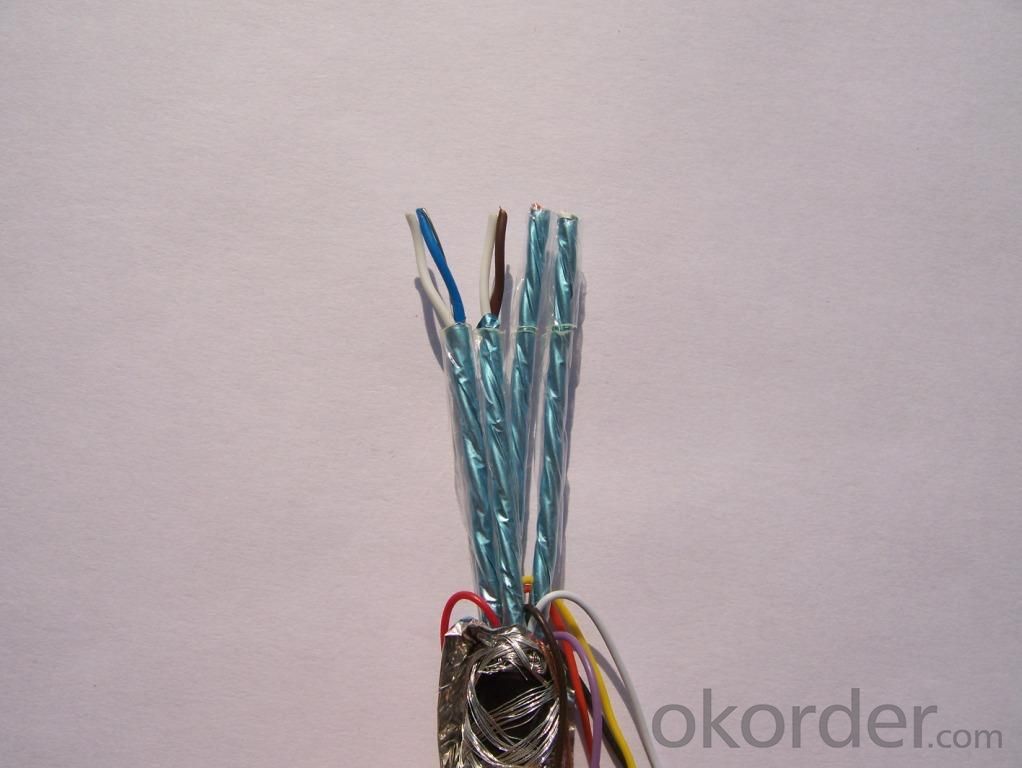
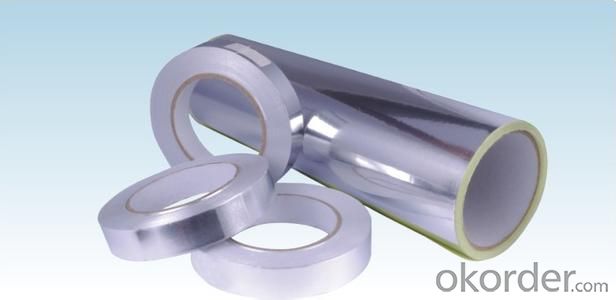
- Q:What is the typical thickness of fiberglass facing?
- The typical thickness of fiberglass facing can vary depending on the specific application and requirements. In general, fiberglass facing is available in thicknesses ranging from 0.5 millimeters to 2 millimeters. Thinner fiberglass facing, around 0.5 to 1 millimeter, is commonly used for lightweight and flexible applications such as insulation and acoustic panels. Thicker fiberglass facing, around 1.5 to 2 millimeters, is often used for more heavy-duty applications where higher strength and durability are required, such as in construction and industrial settings. It is important to consider the specific needs and specifications of a project to determine the appropriate thickness of fiberglass facing to ensure optimal performance and functionality.
- Q:Does fiberglass facing help with soundproofing?
- Yes, fiberglass facing can help with soundproofing. Fiberglass has excellent sound absorption properties, and when used as a facing material, it can enhance the soundproofing capabilities of walls, ceilings, or other surfaces. The facing acts as a barrier, reducing the transmission of sound waves through the material, thereby reducing noise transfer between spaces.
- Q:How does fiberglass facing contribute to energy efficiency in buildings?
- Enhancing energy efficiency in buildings is a crucial role played by fiberglass facing. Typically used as insulation, this material acts as a barrier against heat transfer, thus reducing the energy required to maintain a comfortable indoor temperature. A primary contribution of fiberglass facing to energy efficiency is its high thermal resistance, also known as R-value. This value measures the resistance to heat flow, and fiberglass insulation with facing possesses a higher R-value compared to materials without facing. Consequently, it effectively prevents heat transfer between the inside and outside of a building, reducing the need for excessive heating or cooling. Moreover, fiberglass facing, when properly installed, aids in creating an airtight seal. This prevents drafts and air leaks from infiltrating, which can have a significant impact on energy efficiency. By sealing these gaps, fiberglass facing helps maintain a consistent indoor temperature and reduces the workload on heating and cooling systems. Another noteworthy aspect is that fiberglass facing acts as a vapor barrier, impeding the movement of moisture through the insulation. This reduces the risk of condensation and subsequent damage to the building structure. By controlling moisture, fiberglass facing contributes to the overall durability and longevity of the insulation system. Additionally, fiberglass facing exhibits fire-resistant properties, which are crucial for building safety. In the event of a fire, it helps slow down the spread of flames, providing occupants with valuable time to evacuate and emergency services with time to respond. In conclusion, fiberglass facing is a cost-effective and efficient solution for improving energy efficiency in buildings. Its high R-value, ability to create an airtight seal, moisture control capabilities, and fire resistance all contribute to reducing energy consumption, lowering utility costs, and creating a more comfortable and sustainable indoor environment.
- Q:Can fiberglass facing be used in high-temperature applications?
- No, fiberglass facing should not be used in high-temperature applications as it is not designed to withstand extreme heat and may melt or degrade.
- Q:Roof waterproof general use of what materials
- 1. EPDM rubber waterproofing membrane: cold sticky or self-adhesive method. 2. Chlorinated polyethylene waterproofing membrane: cold sticky method. 3. PVC waterproofing membrane: cold sticky method. 4. Chlorinated polyethylene - rubber blend waterproofing membrane: cold sticky method. 5. EPDM - polyethylene blend waterproofing membrane: cold sticky method. 6. Polyurethane waterproof coating: reactive cold construction. 7. Acrylic waterproof coating: cold construction, can be scraping, can be, can be sprayed, but the construction temperature needs to be higher than 4 ℃ when the film.
- Q:What are the potential drawbacks of using fiberglass facing?
- There are several potential drawbacks of using fiberglass facing in various applications. Firstly, one major drawback is the health hazards associated with fiberglass. Fiberglass is made up of tiny glass fibers that can easily become airborne when disturbed. Inhaling these fibers can cause respiratory issues, skin irritations, and even long-term health problems such as lung diseases. Therefore, proper safety precautions, including wearing protective clothing and masks, need to be taken when working with fiberglass. Another drawback is the potential for fiberglass to degrade over time. Exposure to extreme heat or sunlight can cause the fiberglass to become brittle and crack. This can lead to reduced insulation properties and decreased durability of the material. Additionally, fiberglass is susceptible to moisture absorption, which can cause it to deteriorate and lose its effectiveness. Furthermore, fiberglass facing may not be as effective in certain applications compared to alternative materials. For example, fiberglass may not provide sufficient insulation in areas with high humidity or where there is a risk of water leakage. In these situations, other materials such as foam or foil-faced insulation may be more suitable. Additionally, fiberglass facing can be more expensive than other options. While fiberglass itself is relatively affordable, the cost of installation and maintenance can be higher due to the need for specialized equipment and safety measures. This can make fiberglass facing less cost-effective, especially for smaller projects or those on a tight budget. Lastly, fiberglass facing can be challenging to work with. The material is rigid and can be difficult to cut, shape, and install properly. It requires specific tools and expertise to handle fiberglass effectively, which may limit its accessibility for DIY enthusiasts or inexperienced individuals. In summary, the potential drawbacks of using fiberglass facing include health hazards, degradation over time, limited effectiveness in certain applications, higher costs, and the difficulty in working with the material. It is essential to carefully consider these factors before deciding to use fiberglass facing and to ensure proper safety measures are in place when working with this material.
- Q:Fiberglass Felt Polyester Powder Adhesive Details
- Glass fiber is an excellent performance of inorganic non-metallic materials, a wide range of advantages is good insulation, heat resistance, good corrosion resistance, high mechanical strength, but the disadvantage is brittle, poor wear resistance.
- Q:What is the lifespan of fiberglass facing?
- The lifespan of fiberglass facing can vary depending on a few factors such as the quality of the material, the environment it is exposed to, and how well it is maintained. However, on average, fiberglass facing can last anywhere from 20 to 30 years. With proper care and maintenance, it is possible for fiberglass facing to last even longer. Regular cleaning, avoiding harsh chemicals or abrasive cleaners, and protecting it from excessive sunlight and extreme temperatures can help prolong its lifespan.
- Q:Is not the multi-layer membrane waterproof, the bottom of the membrane should use glass fiber mats?
- In the yin and yang angle additional layer construction better fit, polyester tire waterproofing membrane tires hard
- Q:Is fiberglass facing resistant to moisture or water damage?
- Yes, fiberglass facing is resistant to moisture and water damage. Fiberglass is composed of fine glass fibers woven together, which creates a strong and durable material. These fibers do not absorb moisture, making fiberglass facing highly resistant to water damage. It is commonly used in applications where moisture or water exposure is expected, such as in bathrooms, kitchens, and outdoor areas. Additionally, fiberglass facing is also resistant to mold and mildew growth, further enhancing its ability to withstand moisture.
1. Manufacturer Overview |
|
|---|---|
| Location | |
| Year Established | |
| Annual Output Value | |
| Main Markets | |
| Company Certifications | |
2. Manufacturer Certificates |
|
|---|---|
| a) Certification Name | |
| Range | |
| Reference | |
| Validity Period | |
3. Manufacturer Capability |
|
|---|---|
| a)Trade Capacity | |
| Nearest Port | |
| Export Percentage | |
| No.of Employees in Trade Department | |
| Language Spoken: | |
| b)Factory Information | |
| Factory Size: | |
| No. of Production Lines | |
| Contract Manufacturing | |
| Product Price Range | |
Send your message to us
flexible ducts bubble glasswool green energy
- Loading Port:
- China Main Port
- Payment Terms:
- TT OR LC
- Min Order Qty:
- -
- Supply Capability:
- -
OKorder Service Pledge
OKorder Financial Service
Similar products
New products
Hot products
Hot Searches
Related keywords
